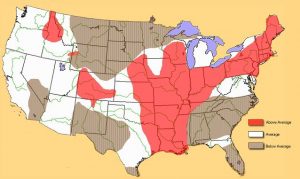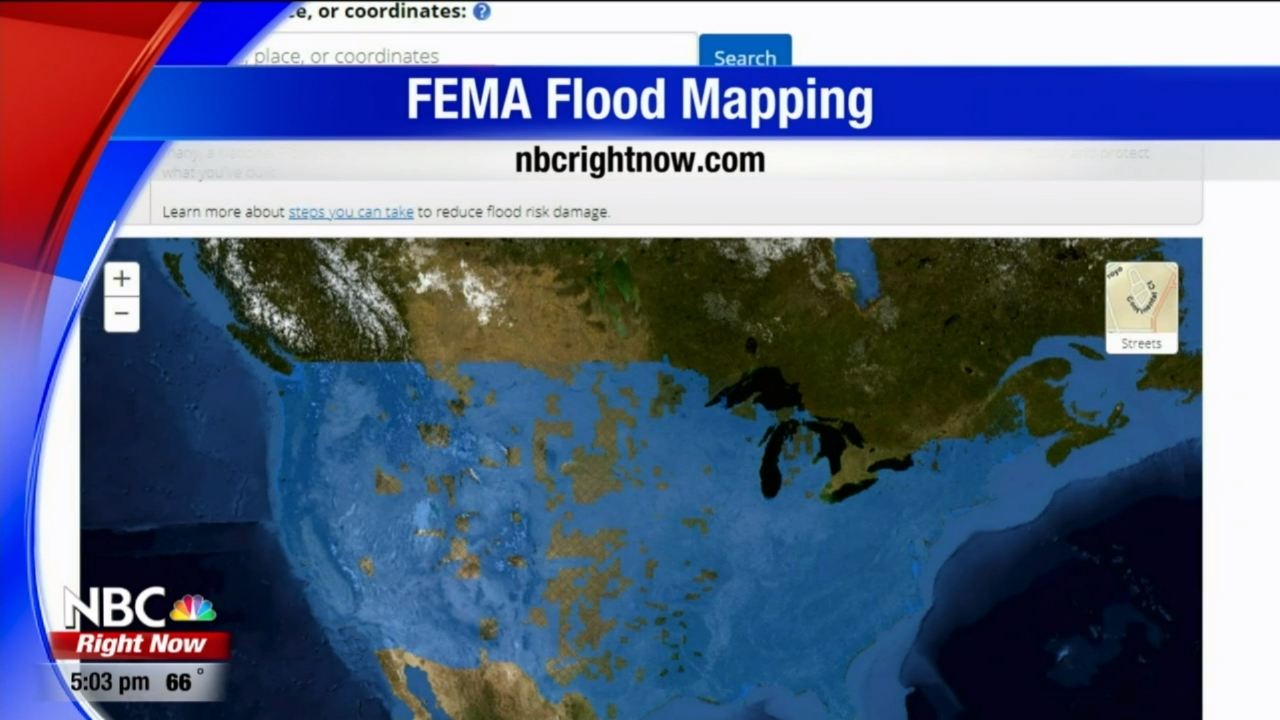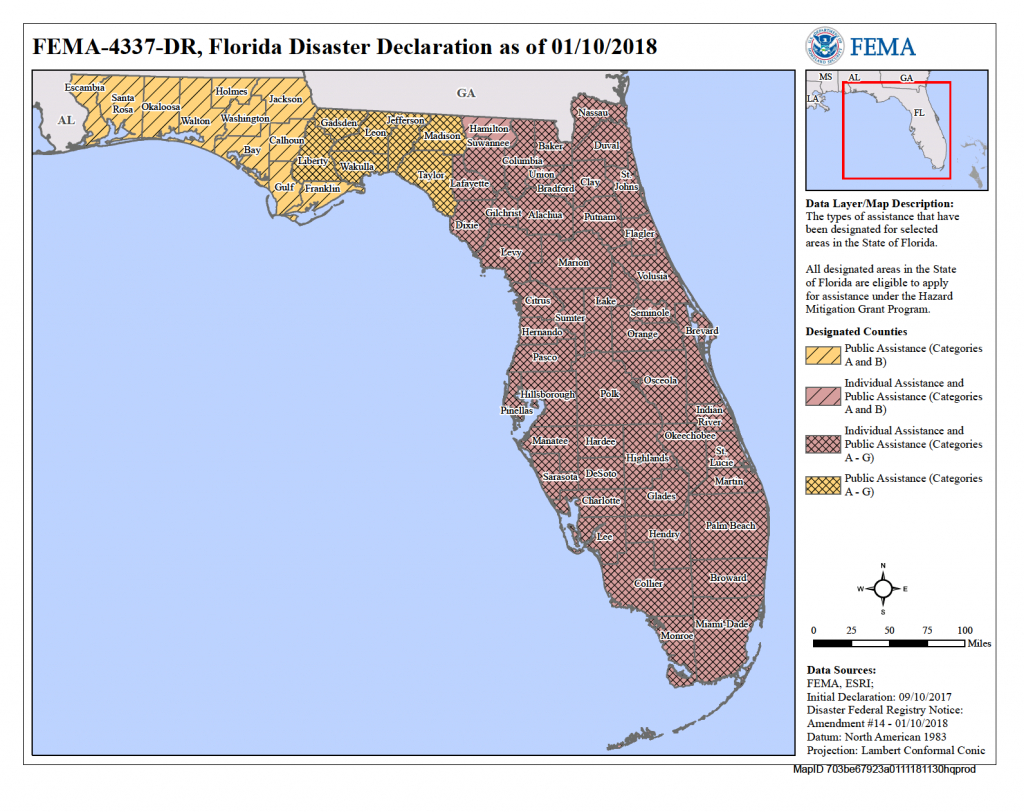



Low and Moderate Risk Areas (FEMA Zones B, C, X) More explanation of much of this information on flood zone categories can be found on government flood resources. A 100-year flood area is one in which there is a 1% annual chance of flood and a 500-year flood corresponds to a 0.2 percent chance on average. To better understand what each flood zone means for a property’s likelihood of flood, FEMA maps often use the terminology of “100 and 500-year flood zones”. “D” labels undetermined flood zones, where flood risk exists but is unmeasured. High risk areas are started by either “A” or “V”, low and moderate flood risk areas begin with “B”, “C”, or “X”. Special Flood Hazard Areas (SFHAs) are the areas that are at the greatest risk of flooding, mudflow, or flood-related erosion. The type of flood zone that you are in affects the cost of flood insurance policies and flood insurance is mandatory in some flood zones. The maps are also unable to account for pluvial surface flooding caused by intense rainfall. Unfortunately, FEMA flood maps often struggle to fully account for changes in flood patterns due to climate change. Your flood zone can provide crucial information on the physical and financial risks to your property as a result of flood.
#AE FEMA FLOOD ZONE HOW TO#
For more information on reading a flood zone map, see our full FEMA flood maps guide which describes the terminology of flood maps, how to use them, and their connection to the National Flood Insurance Program (NFIP). You can locate your flood map using your street address through the FEMA Flood Map Service Center, or you can assess all your current as well as future climate risks with the ClimateCheck property report. Not all states require sellers to share flood risk information or reveal previous flooding or leakage to buyers. It is a good idea to research flood risk for your current or potential properties.


 0 kommentar(er)
0 kommentar(er)
